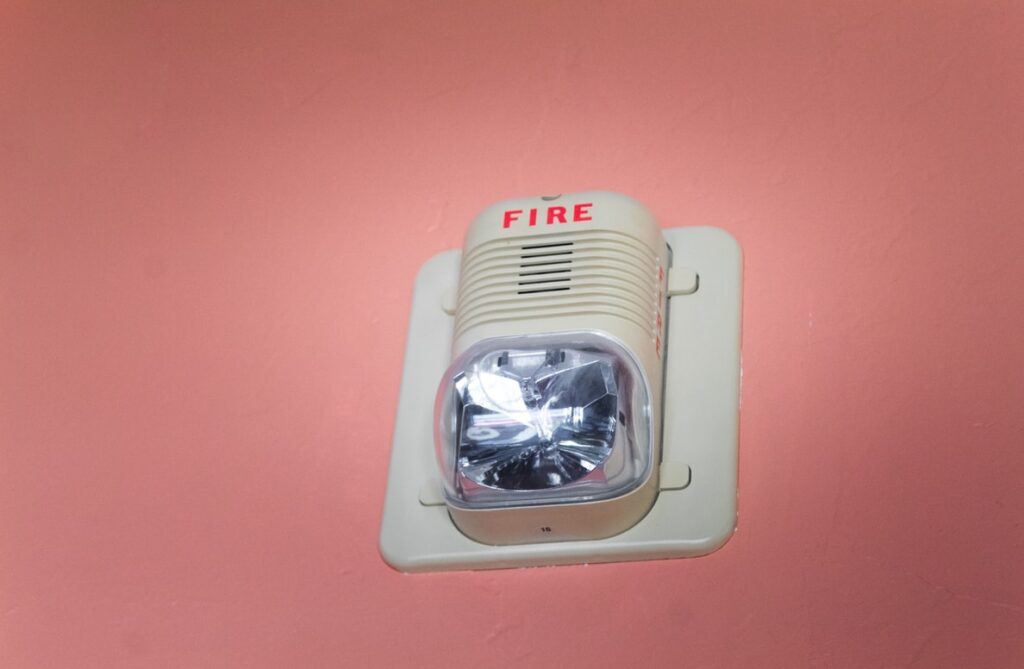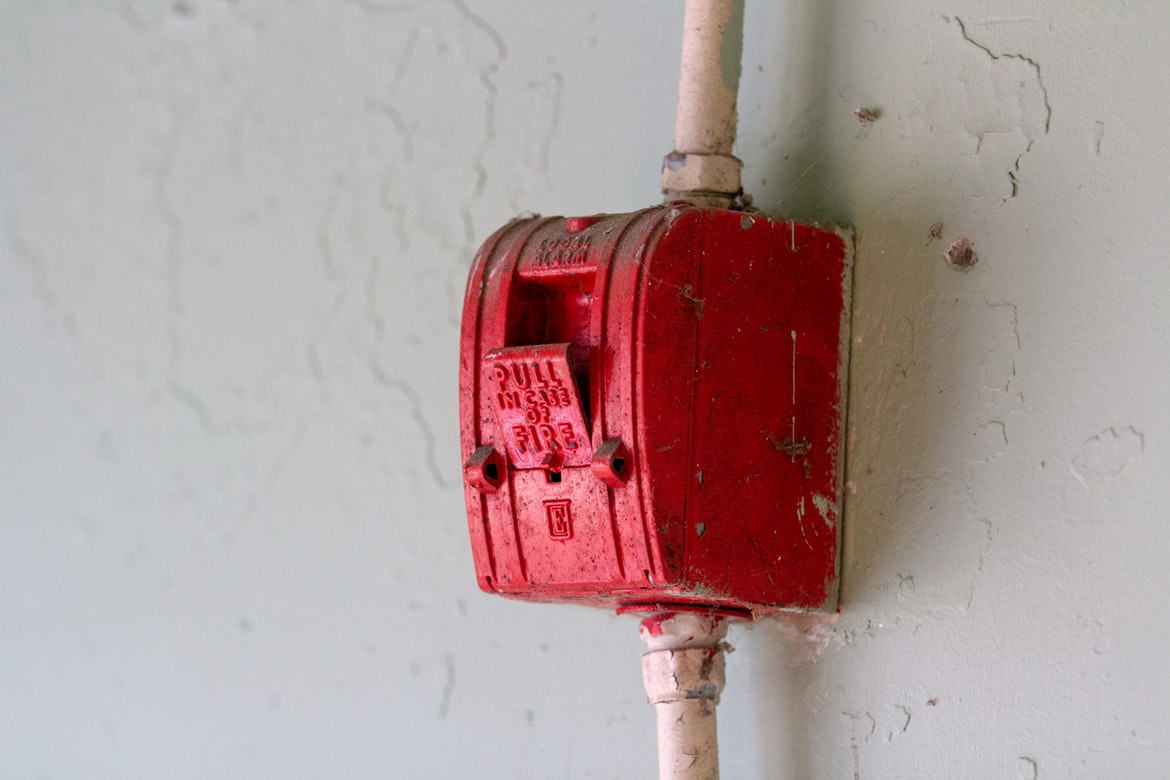How To Test Fire Alarm

How To Test Fire Alarm
Know how to test fire alarm? Every business, apartment, hotel, hospital, and school has a fire alarm system.
Every year, fire does a lot of damage to businesses and can even lead to bankruptcy. Of course, the monetary loss is only part of the story since some fires result in the loss of life.
To safeguard businesses from this type of harm is the main purpose of a fire alarm system. Its primary goal is to notify employees of a fire so that they can act before it spreads, or at the very least allow management enough time to perform their duty of care and send everyone in the building to safety.
Many people are unaware of how to test fire alarm systems. It needs inspection and regular testing to ensure that they work correctly and are up to code.
Suppose you have installed a fire alarm on your own or manage a building. In that case, you should understand the basics of how to test fire alarm for your system to be compliant and operational to keep your employees and property safe.
What is the purpose of fire alarm system testing?
Testing and inspections of fire alarm systems are essentially the same, and experienced fire protection providers must complete them.
All gadgets that make up a fire alarm system are checked and tested during these inspections/tests.
- Verify that the initiating devices’ sensitivity is within the manufacturer’s specifications.
- Smoke detectors, heat detectors, duct detectors, beam detectors, and other initiating devices.
- A regular inspection and testing of the fire alarm panel is a must and required.
- Horn strobes, chime strobes, speaker strobes, mass notification systems, and so on are examples of notification devices.
Regular tests are required to ensure that every fire alarm system component is in good operating order.
How To Test Fire Alarms?
In a sense, how to test fire alarm means several mandatory tests and inspections. While most people are acquainted with the annual examination in which a technician checks the initiating devices, notifying devices, and fire alarm panel to ensure they are all working correctly, there are two other tests you should know about:
Acceptance Test
Following the installation of a new system, an acceptance test is necessary. It’s similar to a function test in that it guarantees that all new system components are working correctly. Every element in the system, including the initiating, notifying, and firing panels, is tested.
Performing acceptance test is only once before a building can be occupied immediately following installation. Building renovation is the sole exception in requiring an acceptance test.
Sensitivity Test
Within one year after installing a fire alarm, a sensitivity test should is necessary.
This test’s initiating devices are the subject, ensuring they activate within the manufacturer’s ranges and ratings.
To accomplish so, technicians must activate the initiating device with a combination of a metering device and their aerosol smoke (or heat element) and utilize a pre-set amount of smoke to ensure the alarm triggers within the manufactured range. They then compare their results to the device’s manufacturer’s recommended range. It passes if the device activates inside the defined range.
The system monitors the sensitivity of the devices using “intelligent” plans, and pull reports and provided to the consumer.
Testing often requires two personnel, one watching the fire alarm panel and one to each unit to test and activate it. In some cases, one technician may complete the tests on their own in minimal areas.
Finding a fault, whether by the system’s internal monitoring or through any other source, the responsible person should take the following steps:
- Assessing the fault’s impact region and determining whether it needs more action (such as a fire investigation) in that location
- Determine the cause of the fault, possibly making a note of the activities in the region impacted immediately before the mark.
- Make a note of the problem, notify the servicing organization, and make arrangements for repair.


